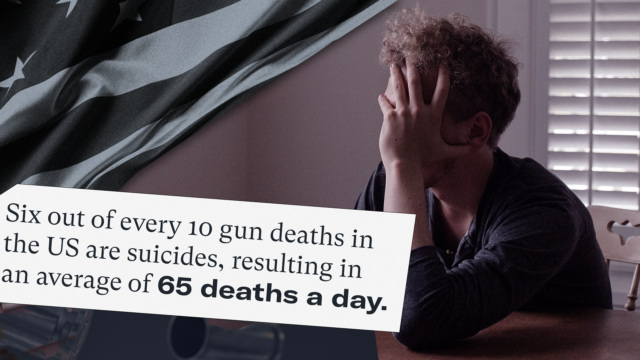Suicide
Suicide
What is the problem?
Gun suicide claims the lives of nearly 26,000 people in the US every year. This public health crisis should be addressed to reduce gun violence in this country.
Though gun violence conversations tend to focus on homicides, nearly six out of every 10 gun deaths in the US are suicides. That’s an average of 71 deaths a day.1Everytown Research analysis of Centers for Disease Control and Prevention, National Center for Health Statistics. WONDER Online Database, Provisional Mortality Statistics, Multiple Cause of Death (accessed September 1, 2024). Average: 2019 to 2023. These deaths can be prevented. Policies and practices that focus on disrupting access to firearms in times of crisis have been proven to reduce firearm suicides.
Why is it an issue?
A gun leaves no room for a second chance.
Most people who attempt suicide do not die—unless they use a gun. Across all suicide attempts without a gun, 4 percent result in death. But when a gun is involved, that figure skyrockets to 90 percent.1Andrew Conner, Deborah Azrael, and Matthew Miller, “Suicide Case-Fatality Rates in the United States, 2007 to 2014: A Nationwide Population-Based Study,” Annals of Internal Medicine 171, no. 2 (2019): 885–95, https://doi.org/10.7326/M19-1324. That second chance matters: the vast majority of people who survive a suicide attempt do not go on to die from a later attempt.2Robert Carroll, Chris Metcalfe, and David Gunnell, “Hospital Presenting Self-Harm and Risk of Fatal and Non-Fatal Repetition: Systematic Review and Meta-Analysis,” PLoS ONE 9, no. 2 (February 28, 2014): e89944, https://doi.org/10.1371/journal.pone.0089944; David Owens, Judith Horrocks, and Allan House, “Fatal and Non-Fatal Repetition Of Self-Harm: Systematic Review,” British Journal of Psychiatry 181, no. 3 (2002): 193-99, https://doi.org/10.1192/bjp.181.3.193. The research shows that the difference between living to see a better day or dying by suicide is often determined by the presence of a gun. Given the unique lethality of firearms as a means of suicide, addressing gun suicide is an essential element of any strategy to reduce gun violence in this country.
By the numbers
12x
The US gun suicide rate is nearly 12 times that of other high-income countries.
3x
Having access to a firearm triples one’s risk of death by suicide.
2.5x
The rate of firearm suicide in rural areas is 2.5 times the rate in urban areas.
6/10
Nearly six out of every 10 gun deaths in the US are suicides.
What are the solutions?
-
Extreme Risk Laws
When a person is in crisis and considering harming themselves or others, family members and law enforcement are often the first people to see the warning signs. Extreme Risk laws, sometimes referred to as “Red Flag” laws, allow loved ones or law enforcement to intervene by petitioning a court for an order to temporarily prevent someone in crisis from accessing guns.
-
Secure Gun Storage
Gun owners can make their homes and communities safer by storing their guns securely. This means storing them unloaded, locked, and separate from ammunition.
-
Waiting Periods
A waiting period law requires a certain number of days to pass between the purchase of a gun and when the buyer can actually take possession of that gun. This creates a buffer between someone having a suicidal crisis and access to a gun.
Featured Resources

Gun Suicide in Cities: The Lesser-Known Side of City Gun Violence
Rates of people who die by gun suicide in cities are on the rise, but, until now, a dearth of city-level data leaves it often overlooked.

Guide to Secure Gun Storage Devices
Secure gun storage can prevent theft and access by children, unauthorized users, and anyone who may pose a danger to themself or others.

Dual Tragedies: Domestic Homicide-Suicides with a Firearm
Guns are the centerpiece of the dual tragedies of intimate partner homicide and suicide. We must reduce abusers’ access to guns.
All Resources
Suicide
All Resources
Those Who Serve: Addressing Firearm Suicide Among Military Veterans
Veteran suicide is a devastating and worsening crisis, and addressing the unique role guns play is an integral part of ending it.
Report
Champions at Work: Extreme Risk Protection Orders in Action
ERPO champions share their insights on how to effectively implement extreme risk laws.
Case StudyThe Transition to Civilian Life: A Critical Moment for Gun Suicide Prevention Education
The Transition Assistance Program is a prime opportunity to share secure storage information with new veterans to prevent gun suicide.
Everytown Research & Policy
The Relationship Between Firearms, Mass Shootings and Suicide Risk among LGBTQ+ Young People
One in five LGBTQ+ young people report they or someone they know has been personally impacted by a mass shooting.
Report
New Data, Same Conclusion: Smart Gun Laws Save Lives
Everytown's Gun Law Rankings show a clear correlation between states with strong gun laws and lower rates of gun violence.
Everytown Research & Policy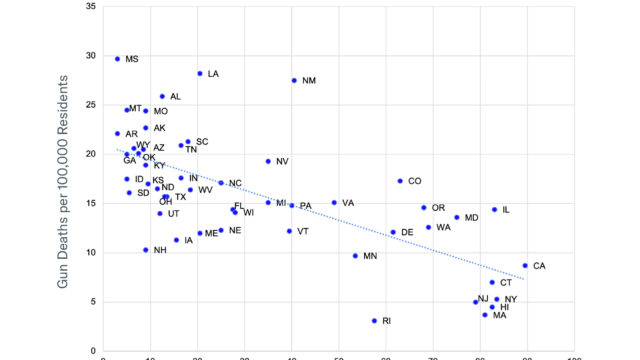
Two Decades of Suicide Prevention Laws: Lessons from National Leaders in Gun Safety Policy
In order to understand the variability in state-level firearm suicide rates, Everytown has examined the role of state gun safety policies.
Everytown Research & Policy
Promising Approaches for Implementing Extreme Risk Laws: A Guide for Practitioners and Policymakers
This guide details the best available practices and promising approaches to effective implementation of extreme risk laws.
Report
Suicidio con armas de fuego en las ciudades: El lado menos conocido de la violencia con armas de fuego en las ciudades
Las tasas de personas que mueren por suicidio con armas de fuego en las ciudades están en aumento.
Report
Be SMART
The Be SMART campaign raises awareness about how secure gun storage can save children’s lives.
Initiative
Guide to Using Extreme Risk Orders to Save Lives
This guide presents the state of play in the states with Extreme Risk laws and aims to lift up examples of effective implementation.
Everytown Research & PolicyA Continuum of Gun Access Interventions for Preventing Gun Suicide
Gun access interventions exist on a continuum, a chain of actions that can be taken depending on the severity of the crisis.
Fact SheetToo Many, Too Soon: Youth Firearm Suicide in the United States
Firearm suicide is having a devastating impact on American youth. But suicide can be prevented.
Report
Firearm Suicide By Congressional District
There are 52 firearm suicides on average per congressional district each year, yet there is district-level variation across the country.
Report
Gun Violence in America
We have gathered the most comprehensive, publicly available data to illustrate the magnitude of everyday gun violence.
Report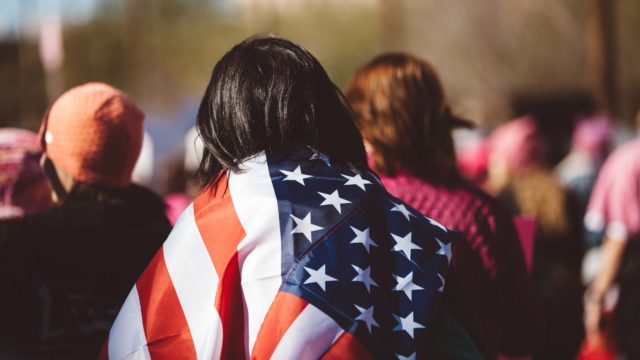
Extreme Risk Laws Save Lives
Extreme Risk laws, or “red flag” laws, empower family or police to intervene and temporarily prevent someone in crisis from accessing guns.
Fact Sheet
Examples of How Extreme Risk Laws Save Lives
These stories illustrate the importance of Extreme Risk legislation in removing firearms from dangerous situations.
Case StudyThose Who Serve: Addressing Firearm Suicide Among Military Veterans
Our country’s veterans are at a heightened risk of suicide, and firearms are the prevailing method of suicide among veterans.
Fact Sheet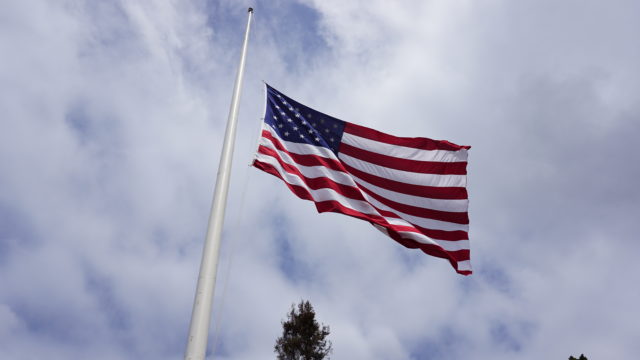
Unload, Lock, and Separate: Secure Gun Storage Practices to Reduce Violence
Secure gun storage practices should include unloading the ammunition, locking the gun, and storing it and ammunition in separate locations.
Fact Sheet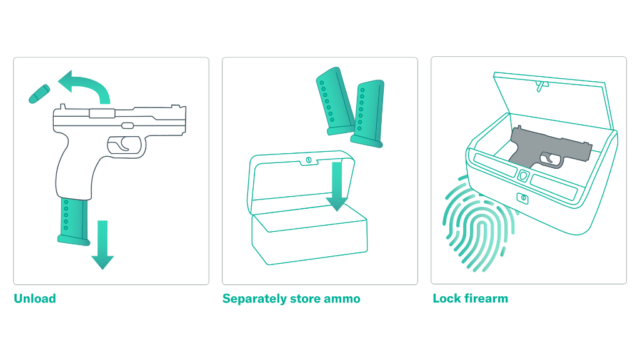
Firearm Suicide in the United States
Firearm suicide is preventable, and addressing it is an essential element of any strategy to reduce gun violence in America.
Fact Sheet